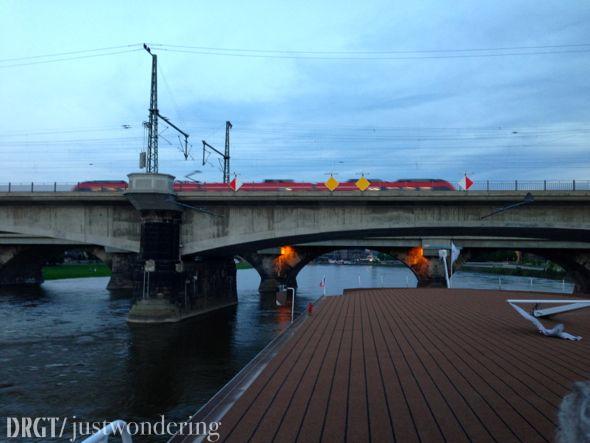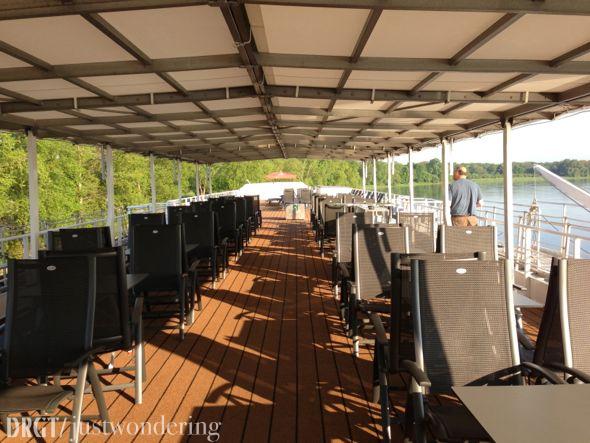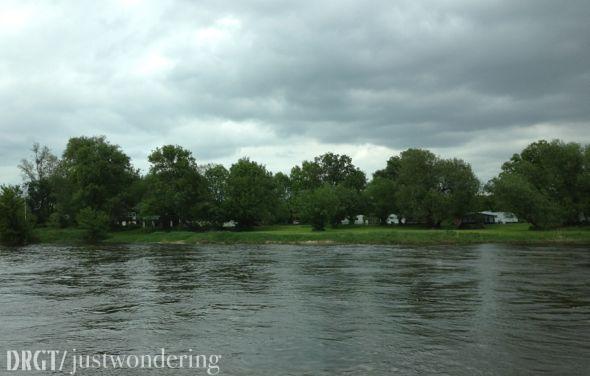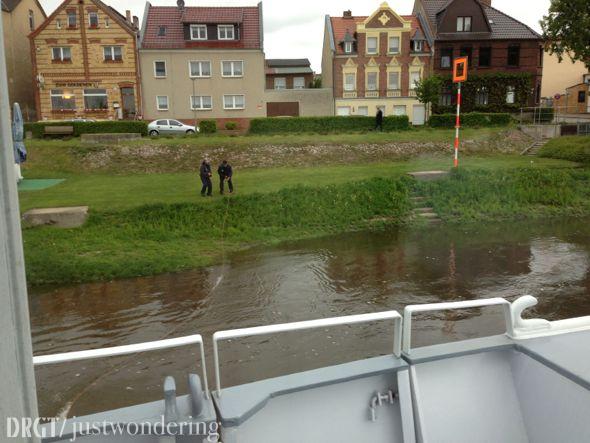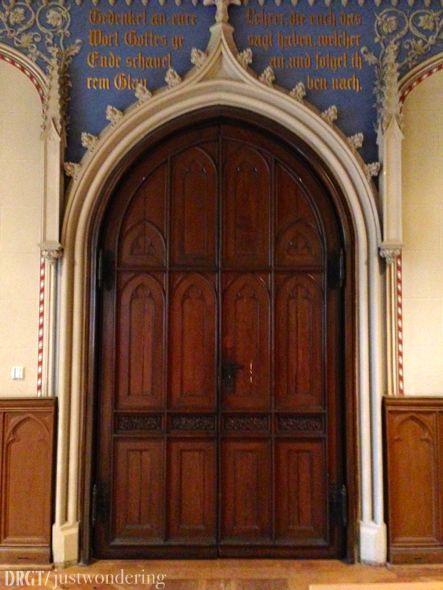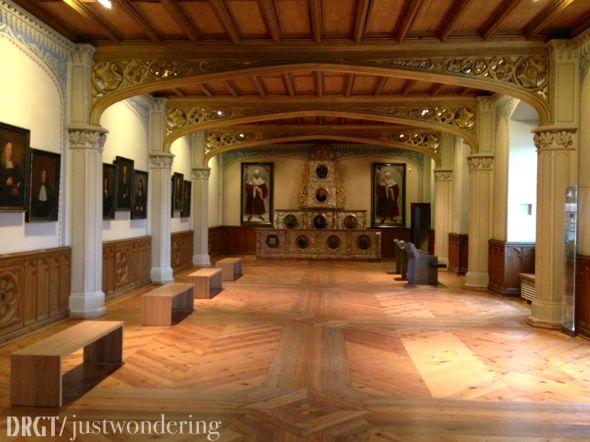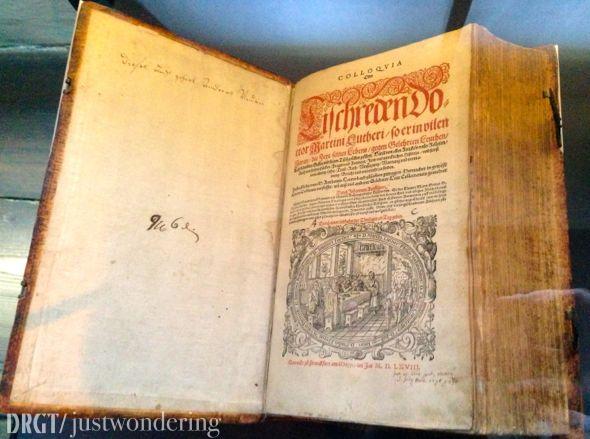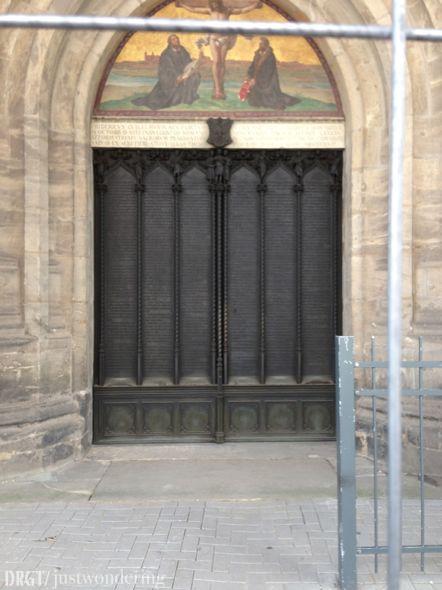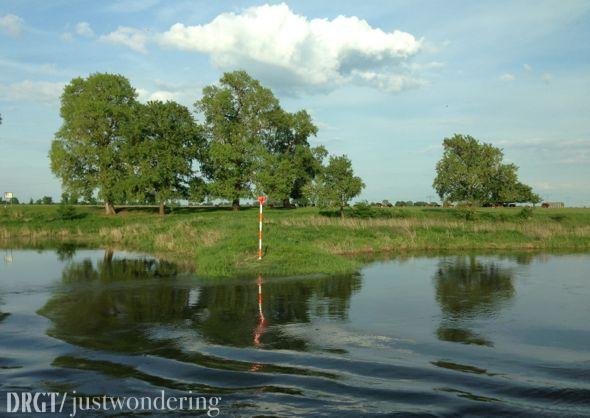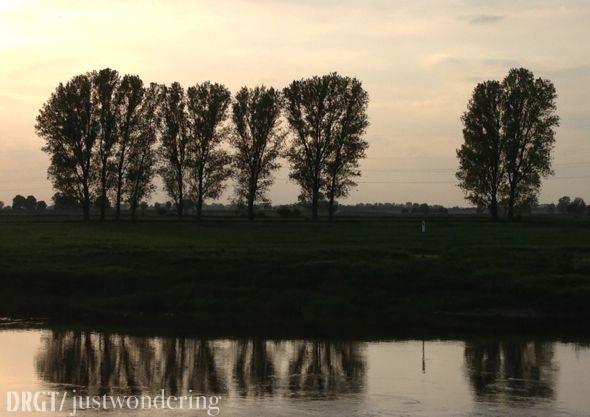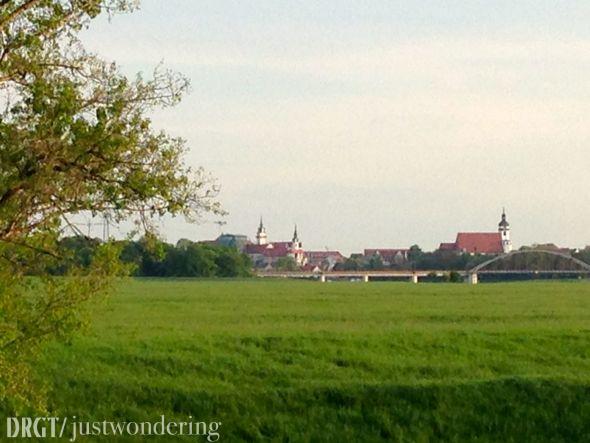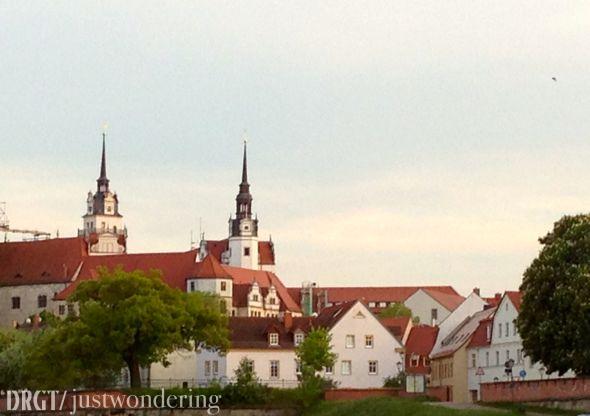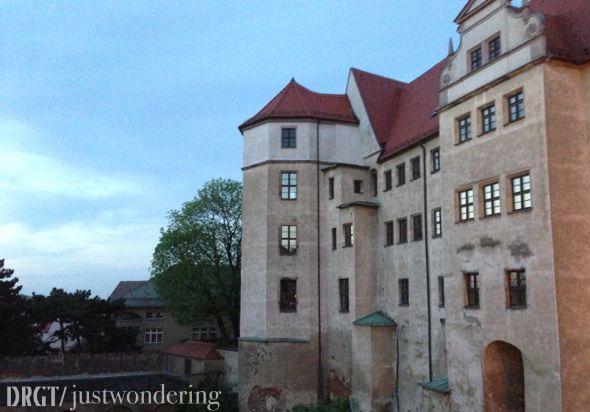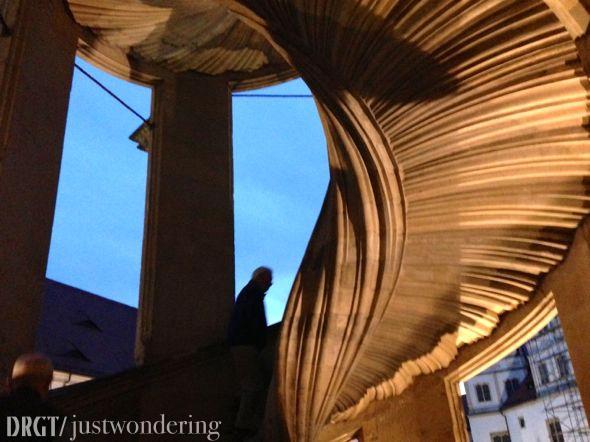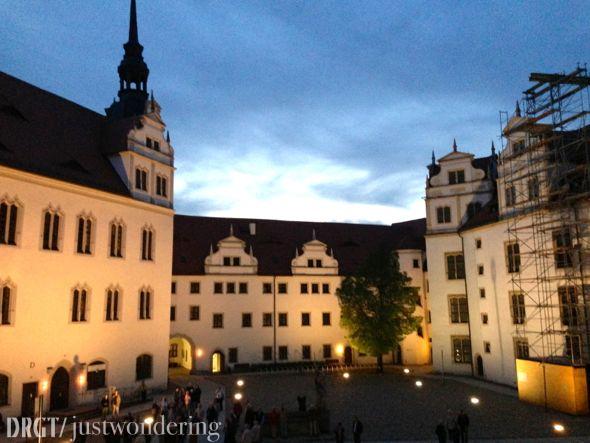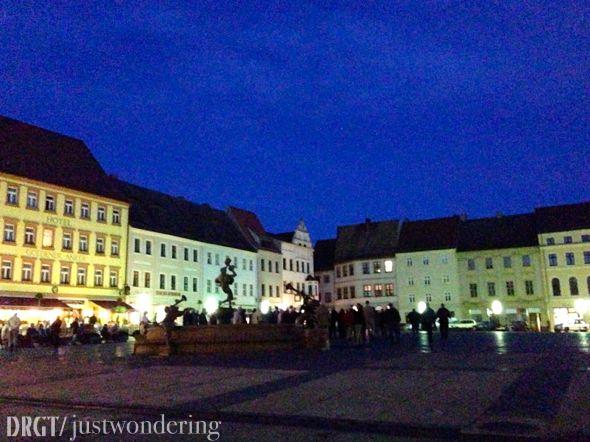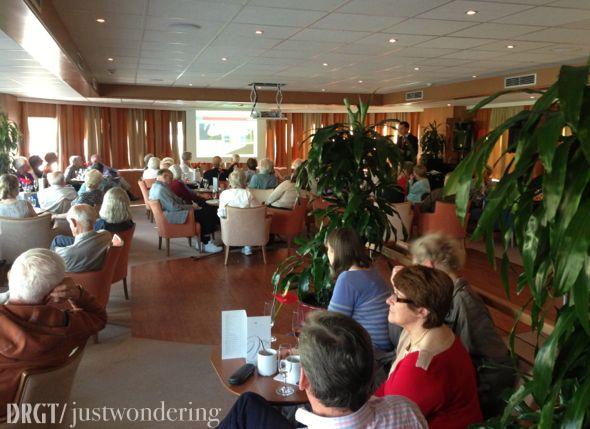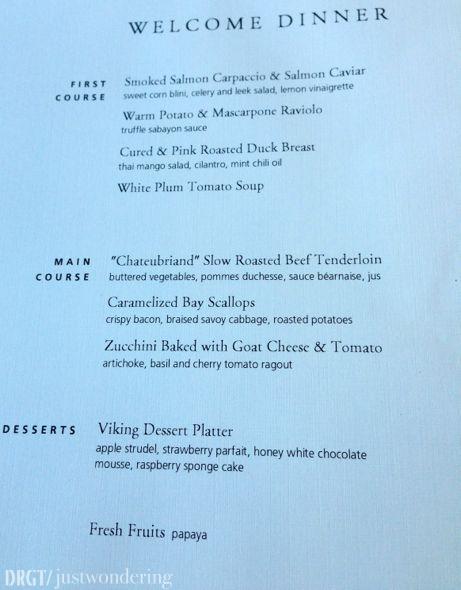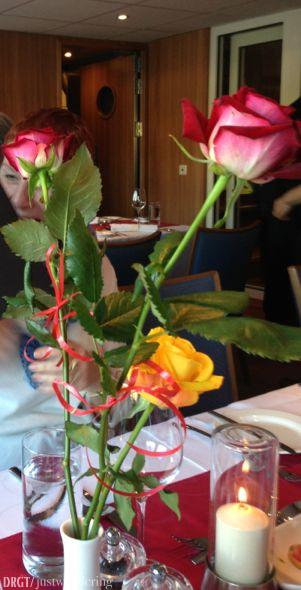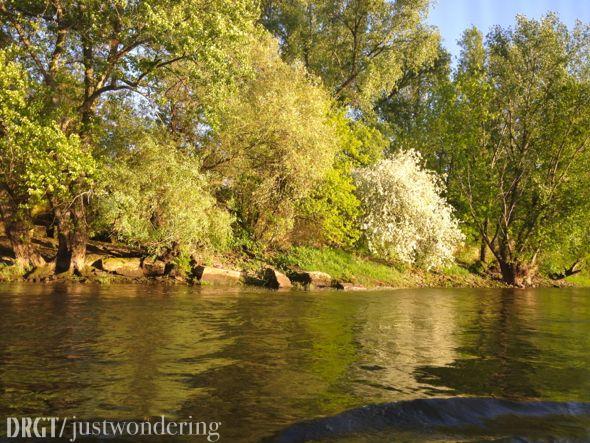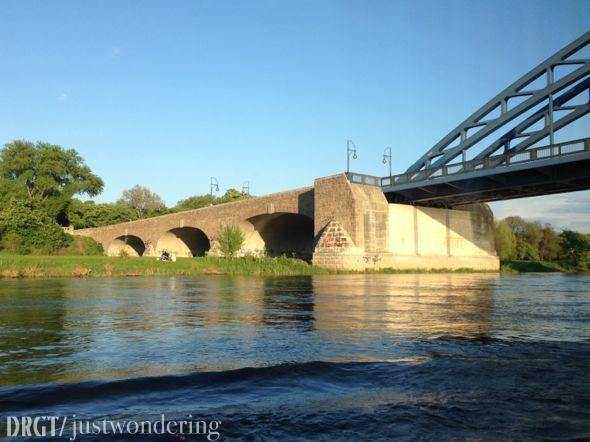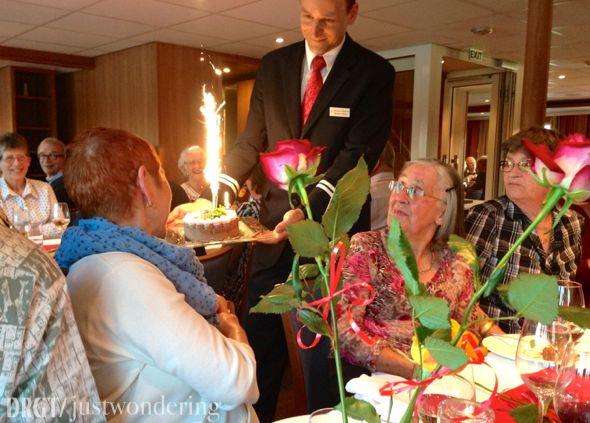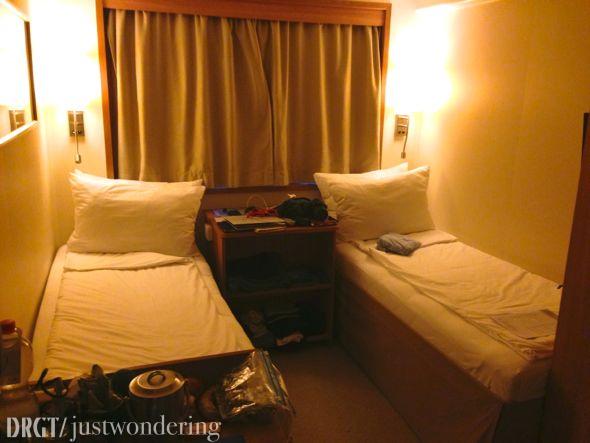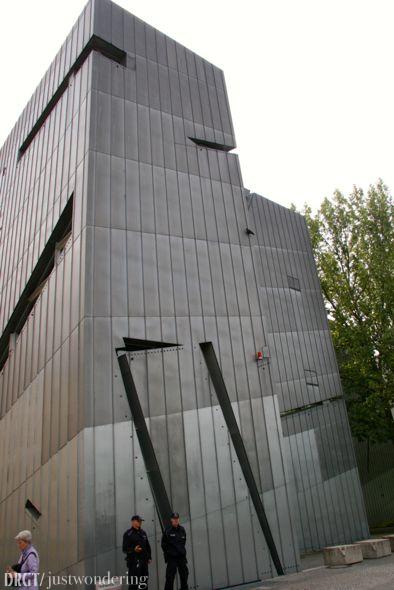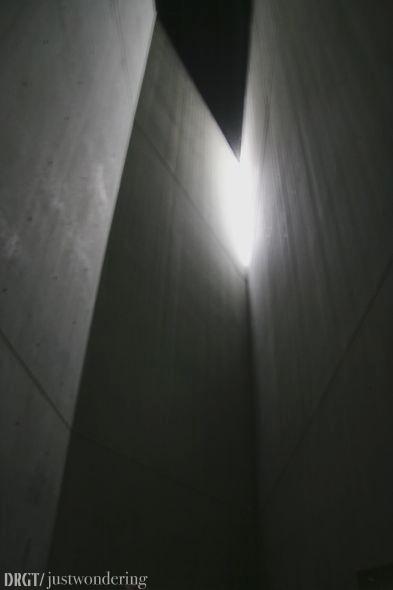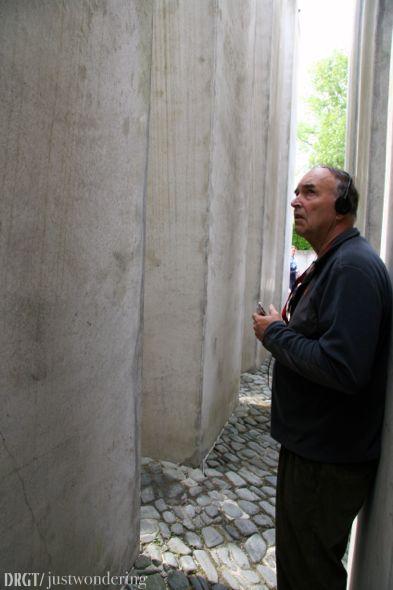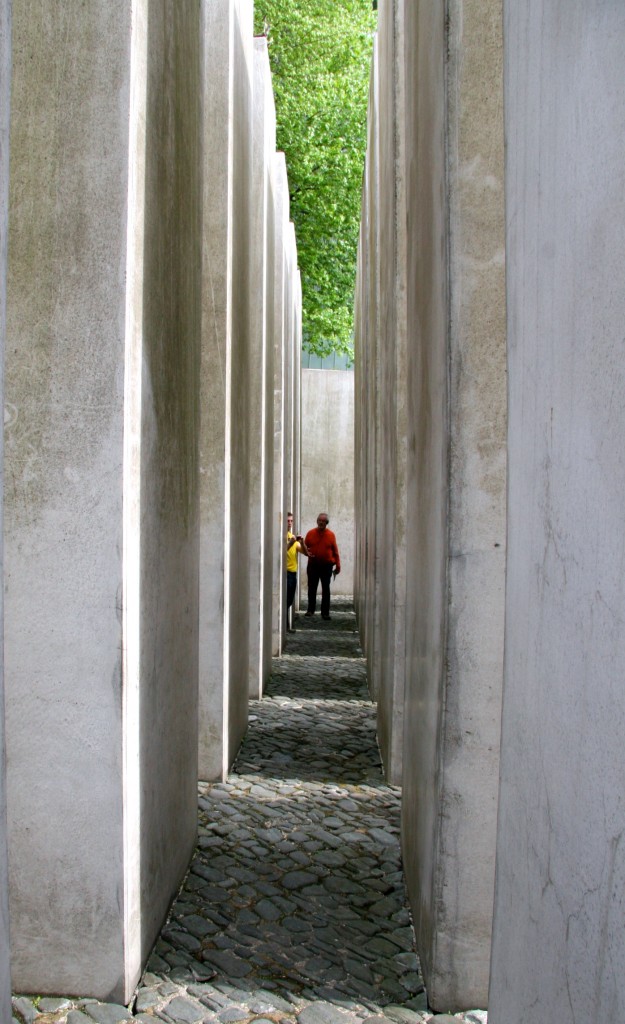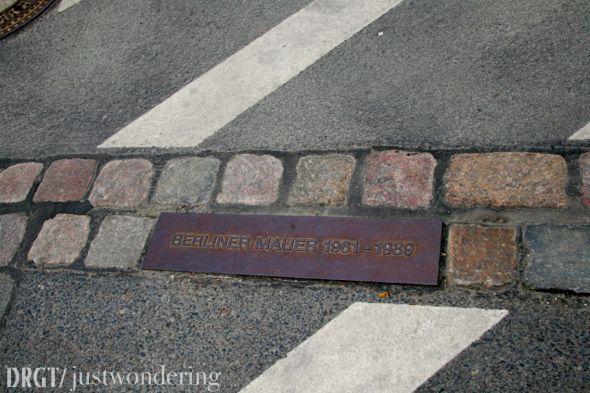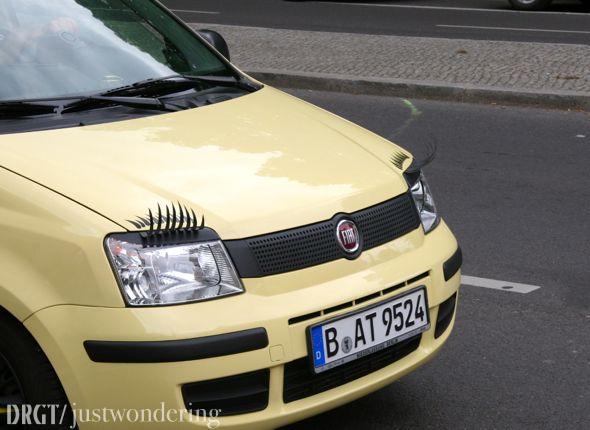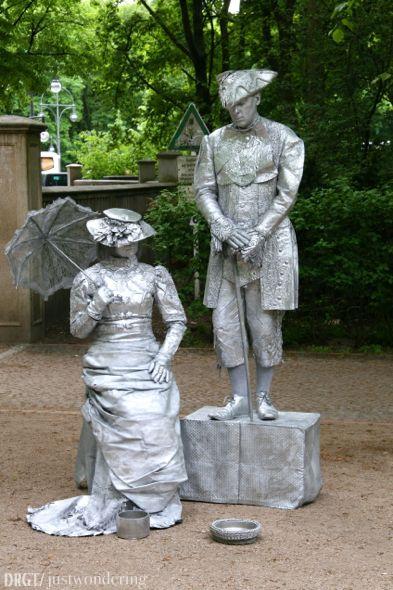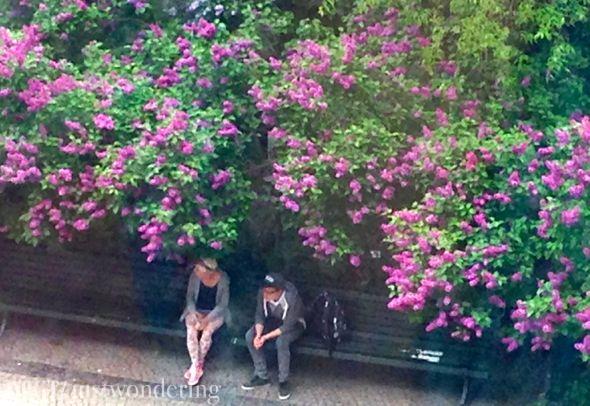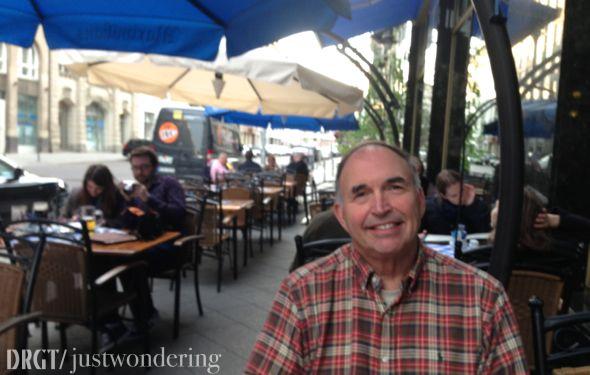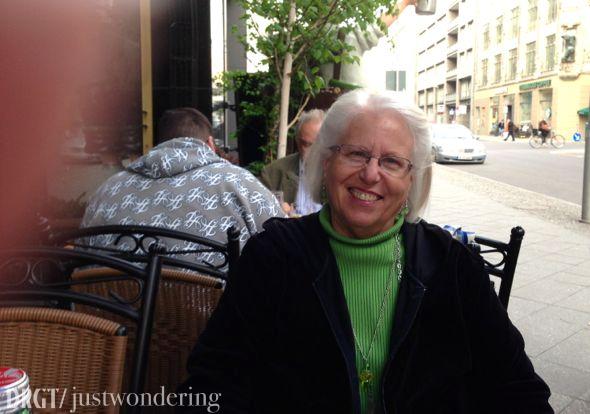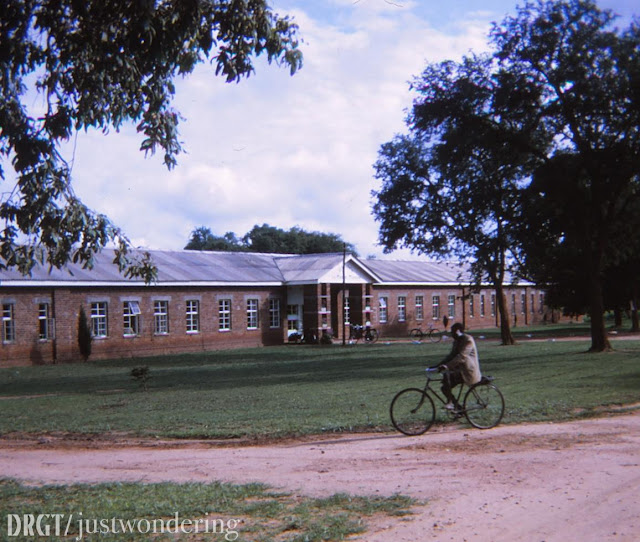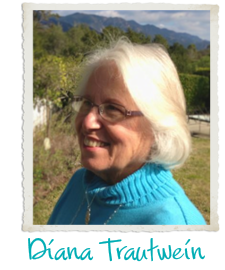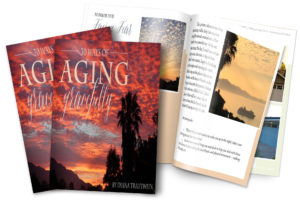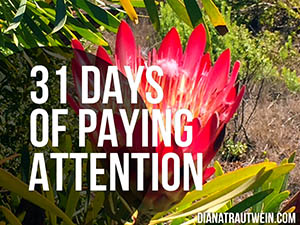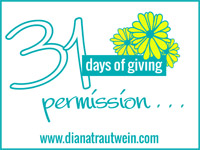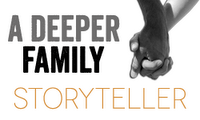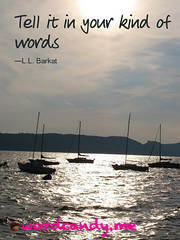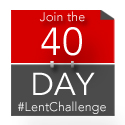In this post, we will actually SEE Dresden —
the pictures will be here, not just the word in the title.
This is the 4th post about the cruising part of our trip
and there will be at least one more, possibly two.
And then Prague — 2 posts for sure. :>)
Part 1 can be found here.
Part 2, here,
part 3, here,
part 4, here,
and part 5, here.
When we woke the next morning, this was the view out our cabin window.
Not too shabby.
After breakfast, we loaded on those oh-so-familiar busses and these next few
were shot through the window as we traveled over to
the ‘old’ town — which has been completely rebuilt
since WWII.
That meant digging through complete rubble
after the massive air attacks,
re-using as many old stones as possible,
patching in much lighter colored sandstone where needed,
and re-learning a lot of very old craftwork.
They’ve done a magnificent job.
Twice, we saw small groups of toddlers with a single adult female.
Hard to tell, but I’m guessing this is a way to do childcare,
and not many sets of multiples.
We parked the busses near this lovely park and walked over to one of the rebuilt
city squares, this one involved re-construction of the many
super-extravagant buildings build by August the Strong in the 18th century.
Talk about opulence!
Gadzooks.
It was mid-morning and trying to shoot the government buildings
across the way from this square was difficult.
I tried, but they came out much better later in the day.
School was still in session in most of Germany while we were there,
and this day, there were hordes of school kids swarming the place.
This is the opera house.
Lovely floral borders, much like what we’ve seen throughout our trip thus far.

This magnificent circled square of buildings was basically built
to impress European royalty.
“Come on over to MY place if you want to see how rich and powerful I am!!”
Most of these buildings now house various collections,
including another collection of Meissen chinaware, as ordered by
emperors past. All of this stuff,
paintings, china, statues,
were boxed up and salted away to the mountains near the end of
the war. The Communists refurbished many of the paintings,
and at the end of the Cold War, only returned a portion of them
to reunified Germany.
This tower was just chiming while we were there.
It only happens twice a day, and the tour guide made
sure we were there for one of them.
Those bells are made of — take a wild guess —
yes, you are SO right — Meissen china!
August the Strong loved the china being imported from China
during his lifetime and ordered his ‘scientists’ (read ‘alchemists’)
to devise a formula for making some of their own.
Meissen’s china manufaktur was the result.
And it is a great source of pride all throughout this province of Germany.
A costumed docent taking some school kids on a tour.
They are almost finished with this huge square of buildings
and it was truly lovely to see. One gate to go.
See what I mean about the light being wrong to shoot this direction?
We walked back through the square where we began, crossed
the boulevard and headed for the castle/home of August.
It is now a museum (and we could not take pictures inside.)
Suffice it to say that there were more extraordinarily expensive
gewgaws in that place than is believable.
There was one 41.5 carat green diamond that cost the equivalent
of an entire new castle complex when it was purchased
for August to wear on his sash.
Radim, our program director came along on all tours, with one group
or another — checking on guides, carrying entrance tickets to
special exhibits, taking photos for the souvenir disc you could
purchase at the end of the trip.
As I’ve said before, he set the tone for everything,
and that tone was delightful.
August was a man of many appetites, women among them.
He had numerous mistresses – this one lived in the castle below,
which was connected to the one he shared with his wife by
the covered bridge in the picture above.
My, wives were accommodating in those days.
Looking out the window and taking pictures was allowed — and this was
interesting. Plaster work done in two stages,
dark color first, then light.
Then the design is etched through, to let the dark color show.
The tower in the corner of this interesting small square.
Contemporary craftsmen doing very old-style work.
At the end of our tour, the guide pointed out this lovely relic from
the Communist era — complete with its mosaic of ‘comrades’ working together.
It reminded us vaguely of all the Home Savings buildings in southern CA.
We took one last look at the square on this side of the boulevard,
noting the cathedral tower at the back,
and determined to come back there on our free time after lunch.
Enjoyed our usual great meal (we opted for the lighter lunches in the lounge rather
than the 3-course meal in the dining room),
and we rested a bit before walking back to town.
We enjoyed watching these 150 year old steam-powered paddle-wheelers
that cruise between Dresden and Meissen several times a day.
You know, I never really thought about it,
but I suppose castle windows need washing sometimes, too, right?
So this is the inside of the newly rebuilt cathedral of Dresden – it’s lovely and light.
. . . and the cupola is gorgeous.
These candles reminded me that every cathedral in the world,
even if its congregation has shrunk to almost nothing,
is still a house of prayer,
a place where the faithful gather.
Yeah, the manhole covers in Dresden are beautiful, too.
The cathedral tower from the outside.
We saw a sign that said, “Lift to the dome,” and got excited!
My knees keep me from climbing hundreds of stairs,
but an elevator? Yeah, I could do that.
However, they did not tell us that the lift stops about halfway up
Then you climb a steeply slanted ramp for a long while, climb about 50 steps and
arrive at. . . an open work, straight-up set of iron stairs.
I do not do open staircases.
Most especially open staircases that hover in midair.
So it was more than a little bit discouraging to climb all that way. . .
and not get to enjoy the view.
I was, however, able to get a good shot of ‘the lemon squeezer,’
an interesting newer tower in town.
Dick gamely carried the camera that last set of stairs and took some
lovely view pictures for us.
It’s a beautiful city.
And it’s a long way up there.
A LONG WAY.
Especially looking back down.
Okay, so those buildings in the shadows in the morning?
Yeah, they looked a whole lot better in the afternoon.
I highly recommend a trip to Dresden – it’s a city worth seeing.
And quite serendipitously — and unknown even to our crew — that night
we enjoyed a special parade of those paddle-wheelers,
each one with a Dixieland band playing away.
This unusual parade was capped off by about 20 minutes of glorious fireworks.
These shots were all shot out our bedroom window.
Not a bad way to end our time in this lovely place.
Next up: Cruising Saxon Switzerland, a national park that crosses the border between Germany and the Czech Republic.
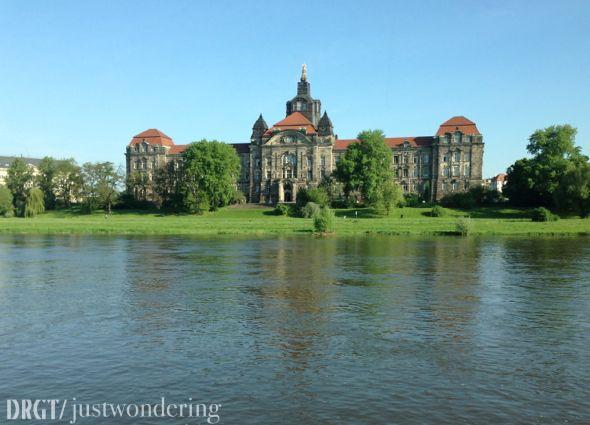




























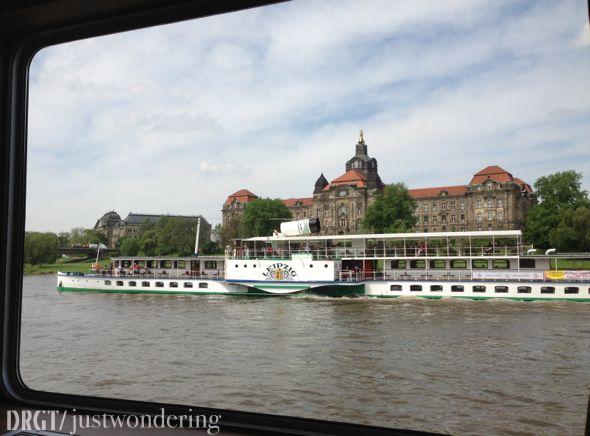
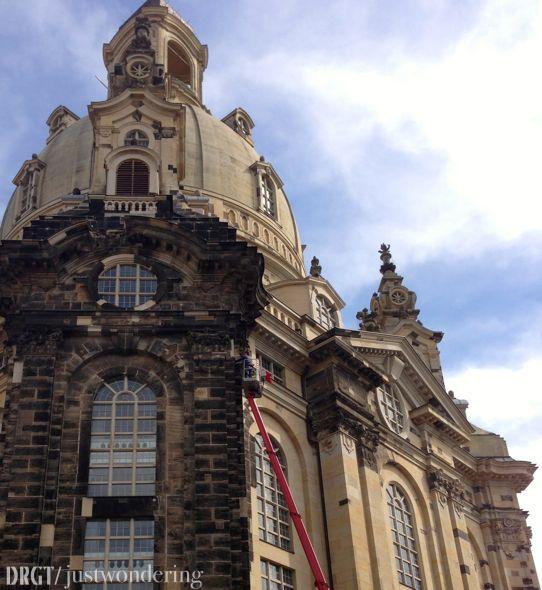
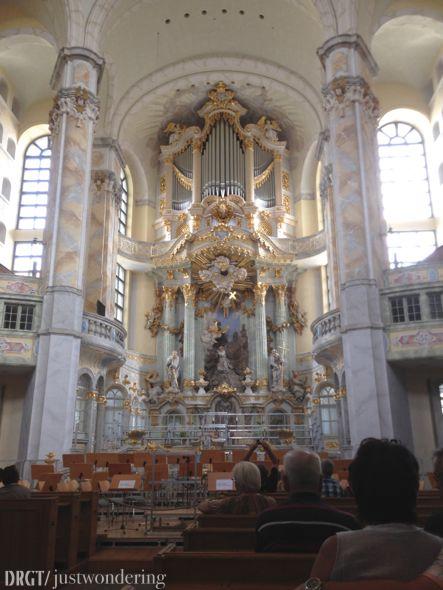
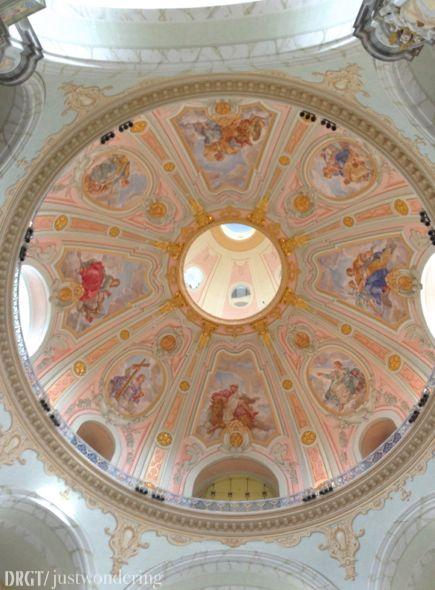





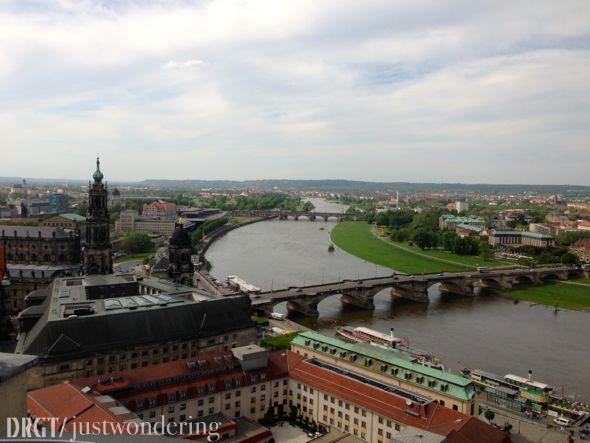
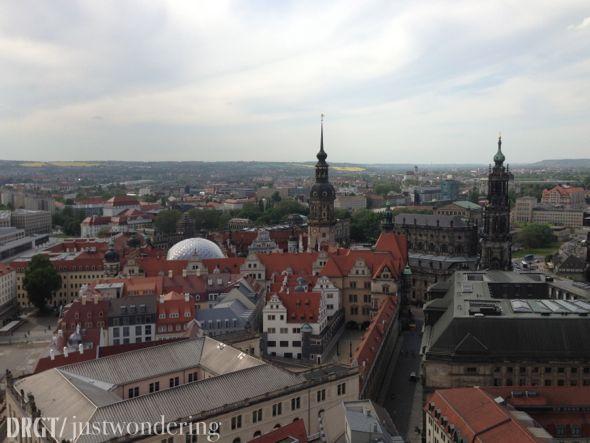


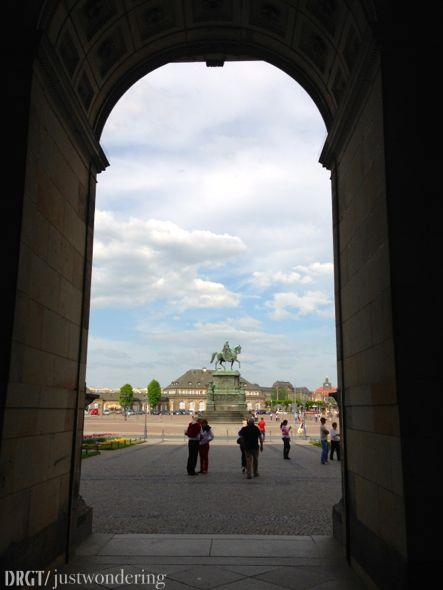

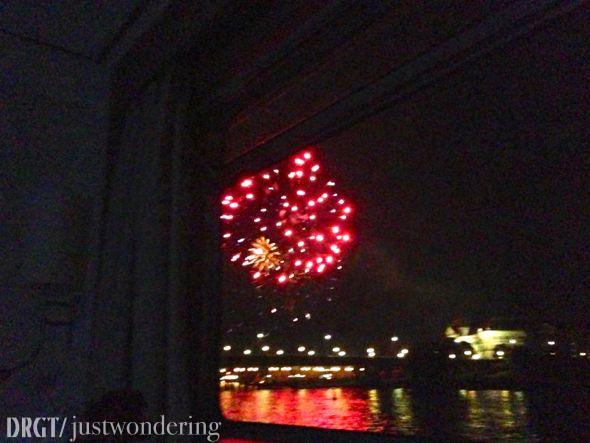

























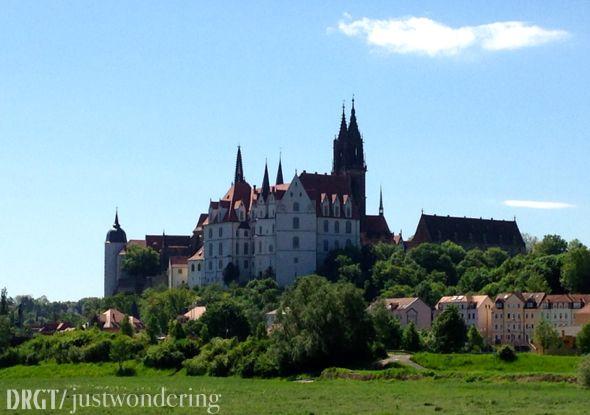

























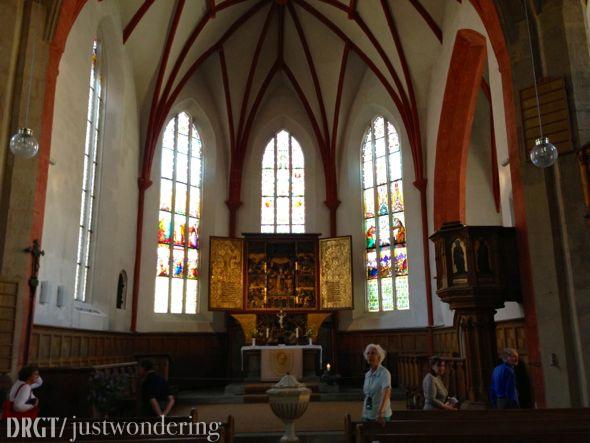
 We thoroughly enjoyed our tour of this town and came back to the
We thoroughly enjoyed our tour of this town and came back to the
